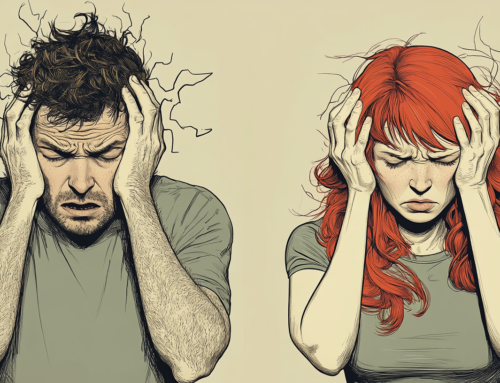There’s a blunt, lovely cruelty to Alan Watts’ teaching: the things you cling to are the very things that keep you small. But don’t take that as a sermon to become a monk — Watts gives a kinder map: swing between attachment and detachment like a skilled rider on a bicycle, and you’ll stay upright.
Let go, then lean back in
We spend our lives collecting echoes: photographs, keepsakes, playlists, playlists of old playlists. They tell us we existed — which is sweet — but they also hook us to a past that isn’t happening now. Watts names the paradox: one voice says “treasure and remember,” the other says “let everything go and live in the Eternal Now.” Both are true. Both are necessary.
Attachment fuels engagement — art, love, projects, causes. Detachment frees you from being owned by your memories and anxieties. The skill is to do both: love the photograph, then put it down; fall in love, then remember that the love is an activity of presence, not a permanent possession.
Watts makes three practical, world-wise claims we can use as creative fuel:
-
Memory is an illusion — all memory happens in the present, but it isn’t the same as living.
-
Life cycles through attachment and letting go — like diastole and systole, the heart of living is rhythm, not permanence.
-
Death (or forgetting) keeps the universe fresh — without forgetting, the self would get bored, stale, and collapse under repetition.
This isn’t nihilism. It’s an invitation to play with impermanence and rediscover curiosity. When you fully understand what’s passing, you can commit more deeply — because you know nothing is owned forever.
For the mid-life creator: three practices to convert Watts into art + agency
1. The Two-Minute Photo Ritual
Take a photo. Spend 30 seconds fully present with the scene before you click. Afterward, spend 90 seconds looking at the image and then put the camera away. The point: train the body-mind to both record and release.
2. The Attachment/Detachment Check
Whenever you notice yourself ruminating on a memory or a project worry, ask two quick questions:
• Does this help me act now?
• Can I enjoy this risk even if it fades?
Answer honestly. If it helps you act — proceed. If it chains you to a past identity — let it go.
3. Ritualized Forgetting
Once a month, pick one physical or digital archive (a drawer, a folder, an email thread) and remove 20% of it. No guilt — just pruning. Practise gratitude for what remains and watch your attention grow lighter.
A short translation for sovereign creatives
You don’t have to choose between being a chronic archivist and an emotionless sage. The sovereign path is to practice presence while playing the long game. Use attachment to make beautiful things. Use detachment to stay free to make the next beautiful thing.
Let memory teach; don’t let memory own you. Reward the past with gratitude, then return — always — to the present where creation actually happens.






